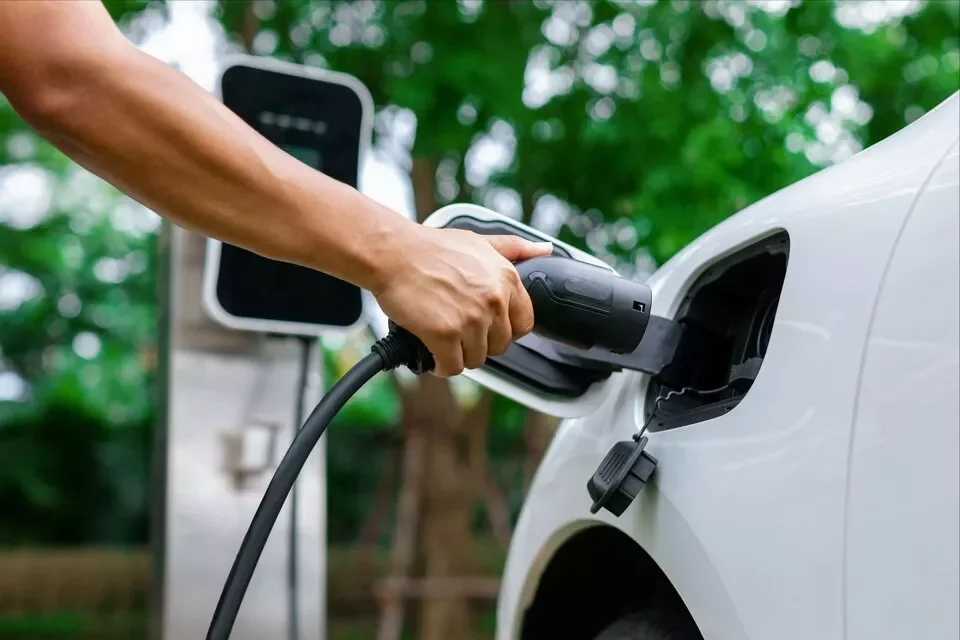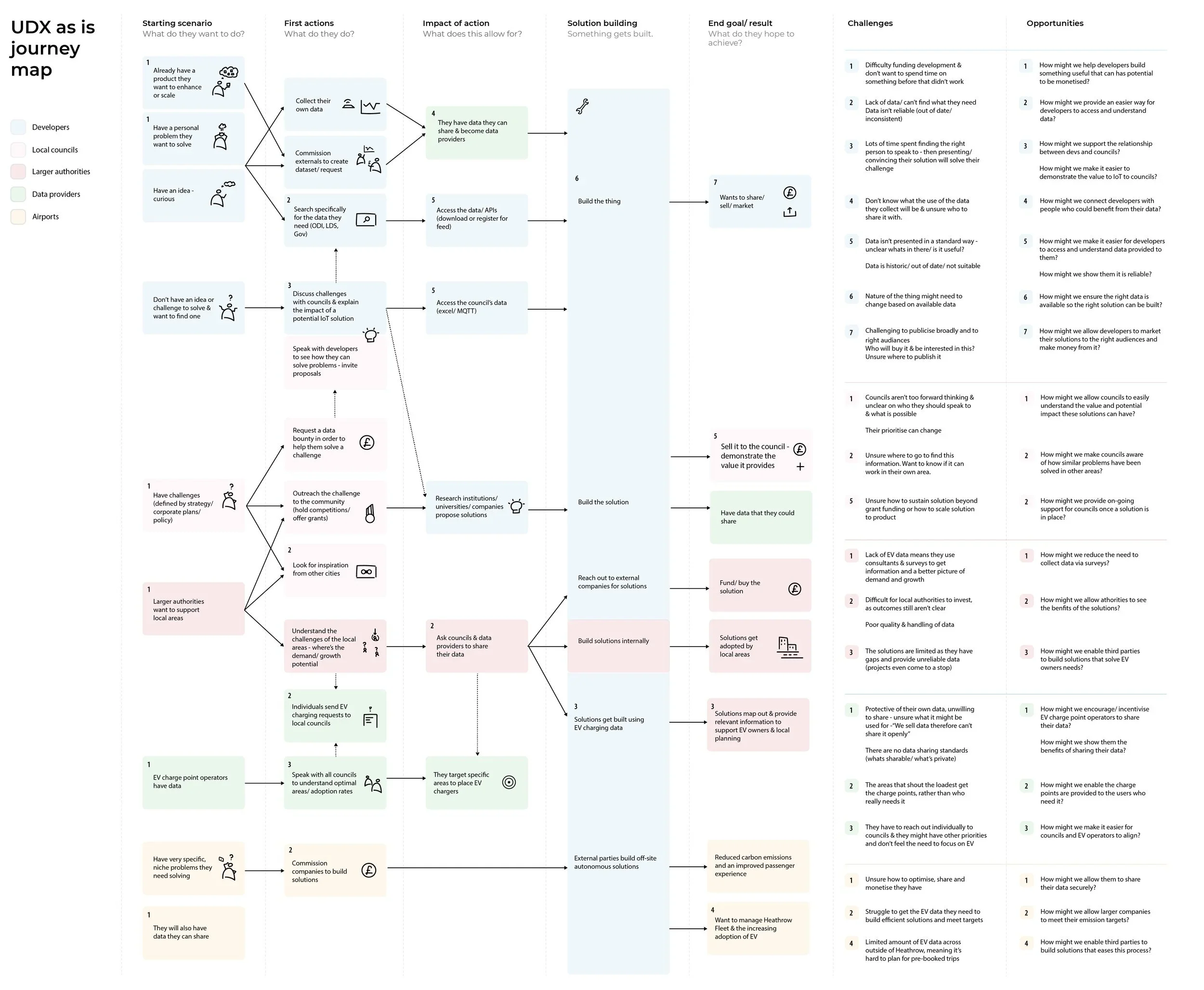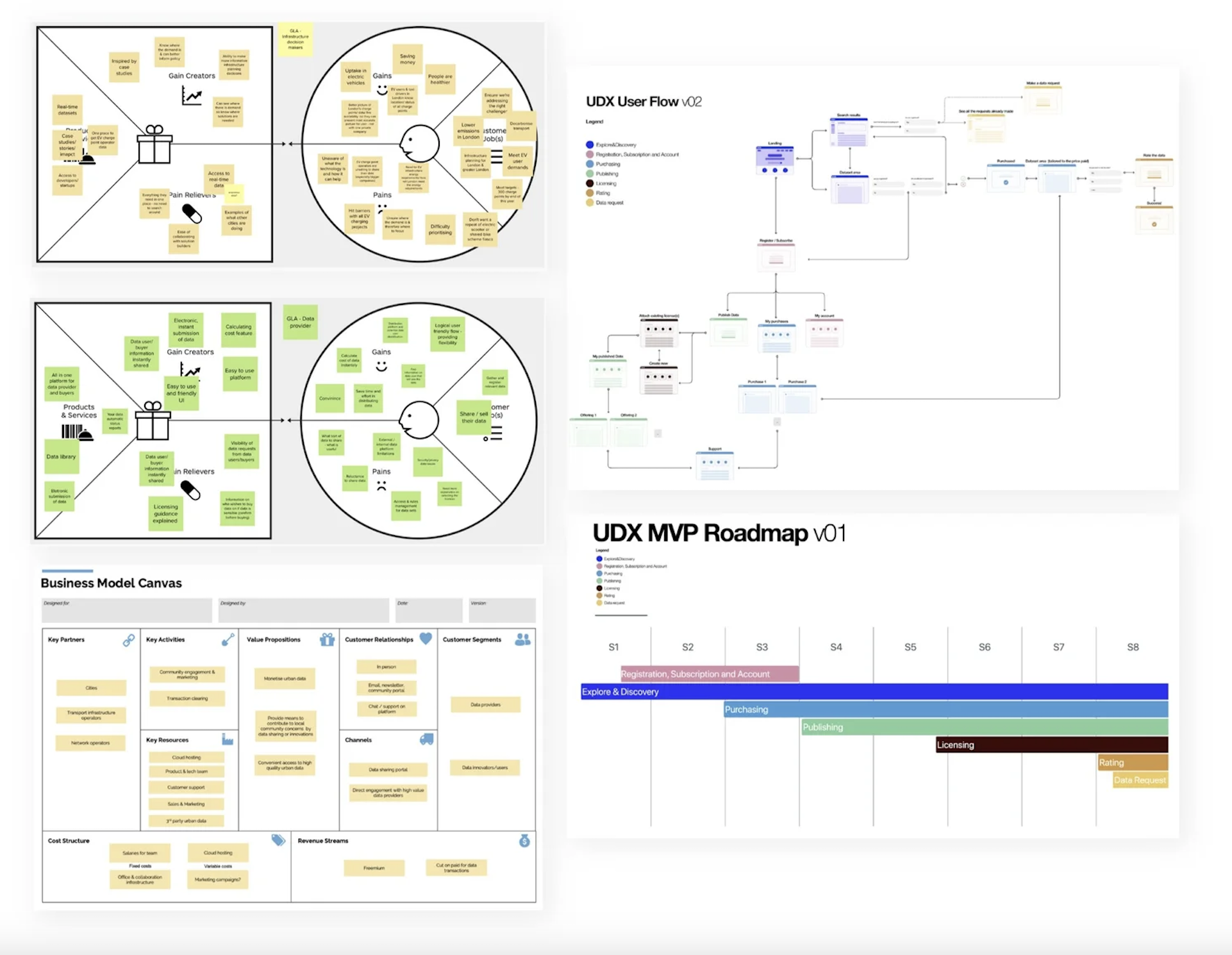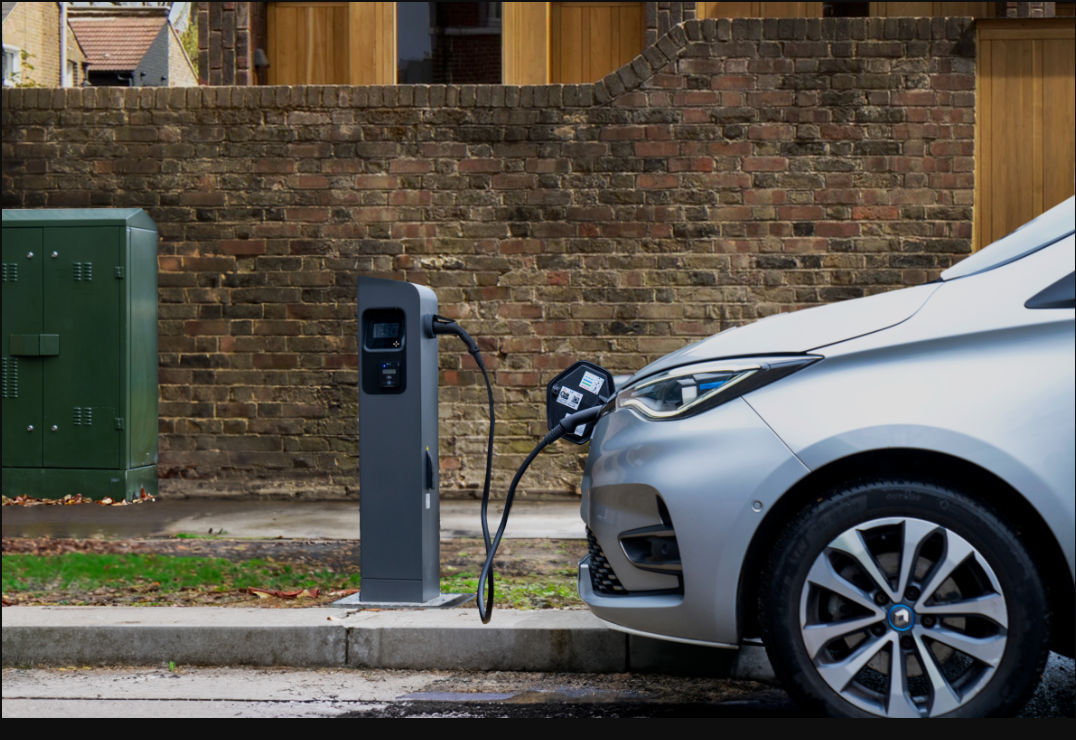UBER BOAT BY THAMES CLIPPER
Enabling the access and sharing of real-time IoT data to drive smarter urban solutions, using EV as a key use case.
Research
UX/ UI
Facilitation
Start-up
Oct 2020 - May 2021
The Challenge
Local authorities, councils and infrastructure providers struggle to plan effectively, prioritise investment, and deliver services that meet the needs of cities and people within them. The solutions and management of urban infrastructure have become reactive instead of proactive, meaning this prevents sustainable, forward-thinking practices across all sectors, such as transport, housing and local services.
The Solution
The launch of a start-up, platform and community that enables data-informed decisions through the process of buying and selling real-time IoT. It simplifies the process and demonstrates its value, helping to overcome trust, licensing, and accessibility issues while fostering innovation. The solution enabled ethical data sharing that unlocks innovation and supports smarter, more sustainable cities.
The Process
-
We began with partner interviews to understand each organisation’s role, expectations, and goals, ensuring alignment from the outset.
An internal team workshop consolidated these insights, established guiding principles, and explored hopes and fears to build a strong foundation for collaboration.
4 use cases were prioritised with partner organisations to test the solution in real-world contexts:
EV Charging: Sharing data from Charge Point Operators with local government to support wider rollout.
Flexible Energy: Exploring data from assets solar panels in schools and heating in social housing.
Heathrow Digital Twin: Assessing how Heathrow’s digital twin could both use and contribute shared datasets.
Data Catalogue: Investigating integration with the OASC data catalogue.
I conducted user interviews with developers, data providers, local authorities, and EV owners, capturing perspectives across the ecosystem to inform business decisions.
-
The diagram captures the interconnected journeys of key players in our use cases, including developers, councils, authorities, data providers, and airports. It demonstrates how their paths overlap and diverge across a shared ecosystem.
It maps the sequence of actions required to reach end goals, while highlighting research-informed challenges and opportunities for improvement across the wider network.
-
Being an innovative tech start-up, ideation was a key phase to engage partners, senior stakeholders, developers and designers to explore the possibilities.
I conducted a series of 3 session to brainstorm, discuss and refine ideas, considering how the platform could best support this outcome. It was important to think of the story we wanted to tell at the end that would support future growth.
We refined the use cases, generated user stories, created a features roadmap, did some value proposition exploration and explored business models.
-
Process diagrams mapped out the data sharing process and wireframes were developed from low to high fidelity, tested with target users, and iterated based on insights.
Embedded within the engineering team, I ensured designs were technically feasible, responsive, and implemented effectively through agile sprints and demos.
Alongside this, I created a brand strategy and visual identity to form the foundation for the start-up.
The Result
Urban Data Collective is continuing to support cities and public sector organisations unlock the value of data.
It has helped Surrey County Council improve day-to-day operations and strengthen long-term planning.
It has enabled the Urban Observatory network to deliver live traffic and air quality dashboards for government users, and improve EV parking reservations through integrated charge point and sensor data.








